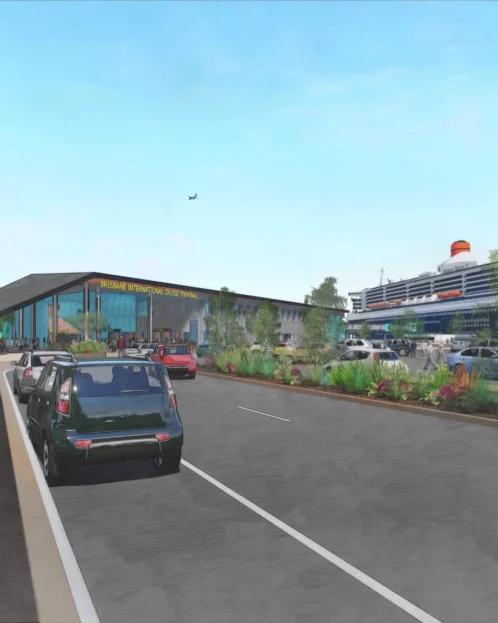2021
Sunwater
Background
NineSquared was asked to provide expert advice on whether escalation in the steel price in 2020 and 2021 was materially driven by factors associated with the Covid-19 pandemic. The background to the request was that an alliance contract was agreed for the construction of a water project in Queensland. During the Alliance negotiations on the target cost estimate, it was agreed that cost impacts associated with Covid-19 were uncertain and that any cost changes that resulted from Covid-19 would be outside of the Target Cost Estimate (TCE). Material quotes were sourced by the Alliance from competing suppliers in March 2020 that were integrated into the Alliance bid price that was accepted by the project proponent in September 2020.
The steel suppliers revised their original price estimates in November 2020. The material suppliers also stated that these revised costs account for changes caused by Covid-19, the impact of which was not fully reflected in the original quotes which were generated in March 2020. Suppliers informed the Alliance that a further upward revision should also be expected in the near future. The price revision increased overall steel costs by 23.3% increase on the original quoted price.
To assist in responding to the request for the additional costs to be considered outside of the alliance TCE, NineSquared was engaged to provide an analysis of whether the increase in the steel prices in the latter months of 2020 could be attributed solely to Covid-19 or whether there are other potential drivers of the change in steel pricing since March 2020 when the original quotes were obtained.
Project Detail
NineSquared undertook an analysis of the key price drivers of steel which included:
- An overview of recent price history of steel products on the global market as well as expected future pricing using data from futures markets for steel products,
- A review of global supply outcomes up until the most recent data available to determine any supply shocks that may have contributed to price changes other than the Covid-19 pandemic (for example, mill shutdowns due to malfunction or in response to environment policy requirements), and
- A review of global demand outcomes to determine any demand shocks that may have contributed to price changes including, for example, demand shocks associated with government stimulus packages designed to address economic slowdowns).
- A review of the changes in input prices for steel including changes in iron ore, coal and shipping costs.
These factors were all considered in the analysis which then modelled the expected difference between steel prices flagged by suppliers and the expected price of steel based on the global marketplace.
Outcomes
NineSquared produced a comprehensive report outlining historical and recent changes in steel prices and the expected future changes in steel prices (as reflected in futures markets). The report also canvassed changes in input prices and whether input prices were a driver of steel prices or whether steel production was driving the price of inputs. Three key inputs were considered including iron ore, coking coal and shipping prices. All three were found to have a negligible effect on the escalation of the steel price that occurred at the end of 2020.
Of greater impact, was the misalignment between supply and demand for steel products. Supply in 2020 declined across the major stee producers (China, North America and Europe) as mills shutdown due to Covid restrictions (as well as reduced access to mill workers) and uncertainty about future demand. At the same time, while demand fell during the first half of the pandemic, accommodative fiscal and monetary policy settings designed to stimulate the economic in the second half of the year was found to have increased demand for steel products.
The strength of demand for steel in the second half of 2020 was not forecast nor responded to by steel manufacturers. Growth in steel demand of around 1.7% was forecast at the start of 2020. Demand over the whole year actually grew at around 3% - even with the substantial falls in demand that were experienced in the first half of 2020.
Connect with our team
Contact




 More projects
More projects